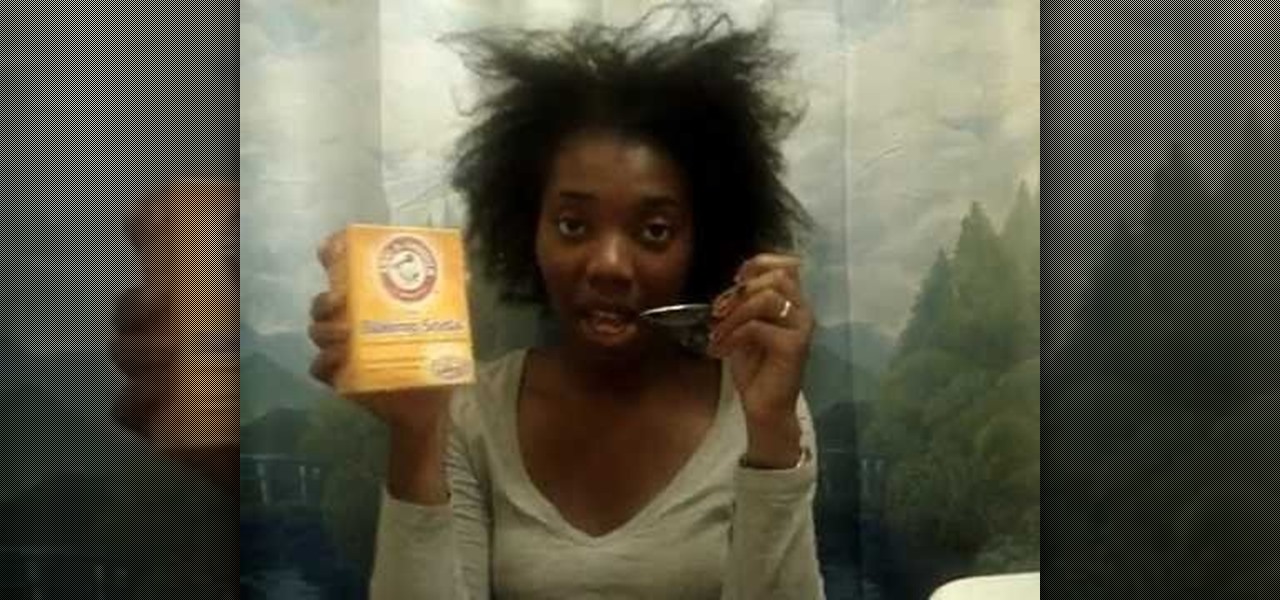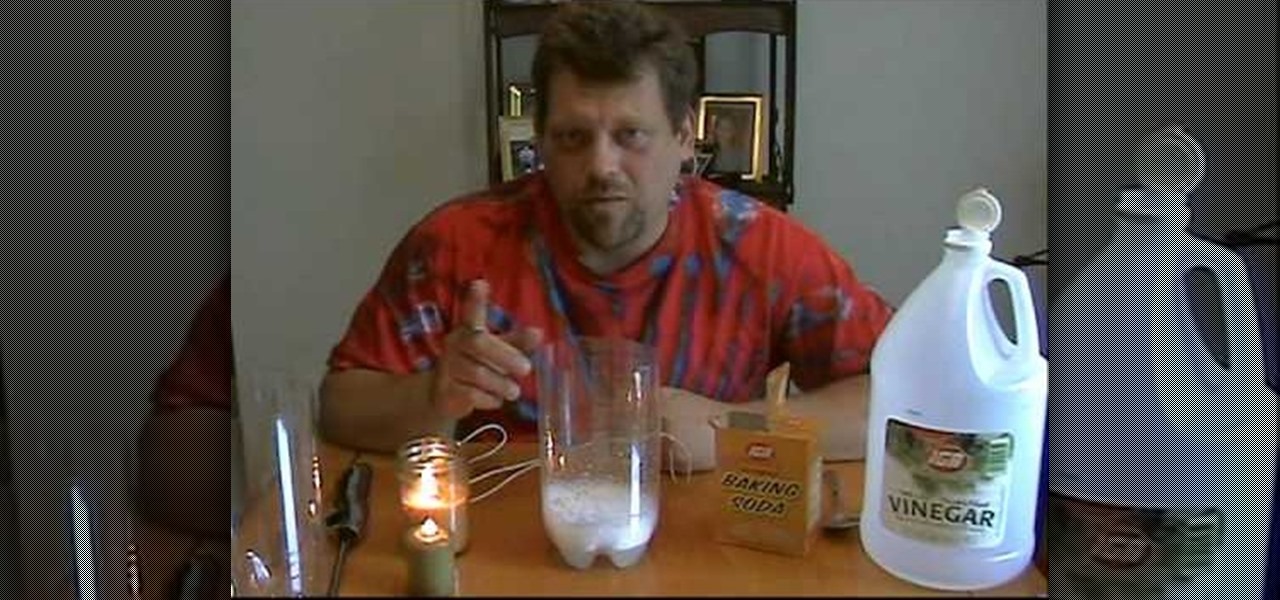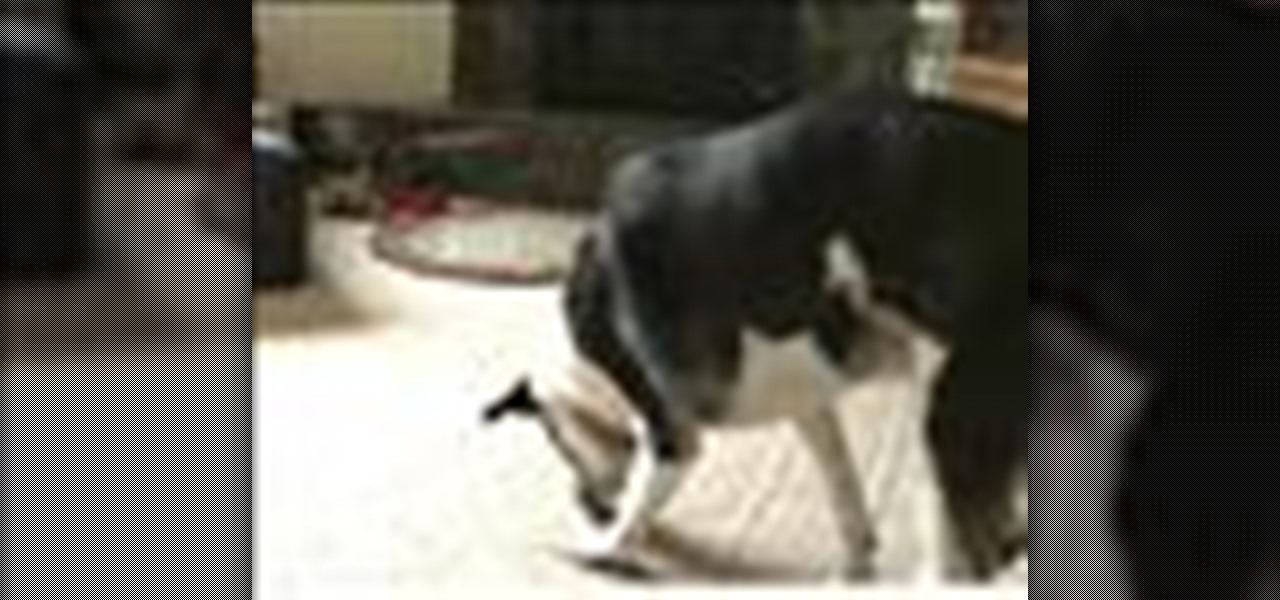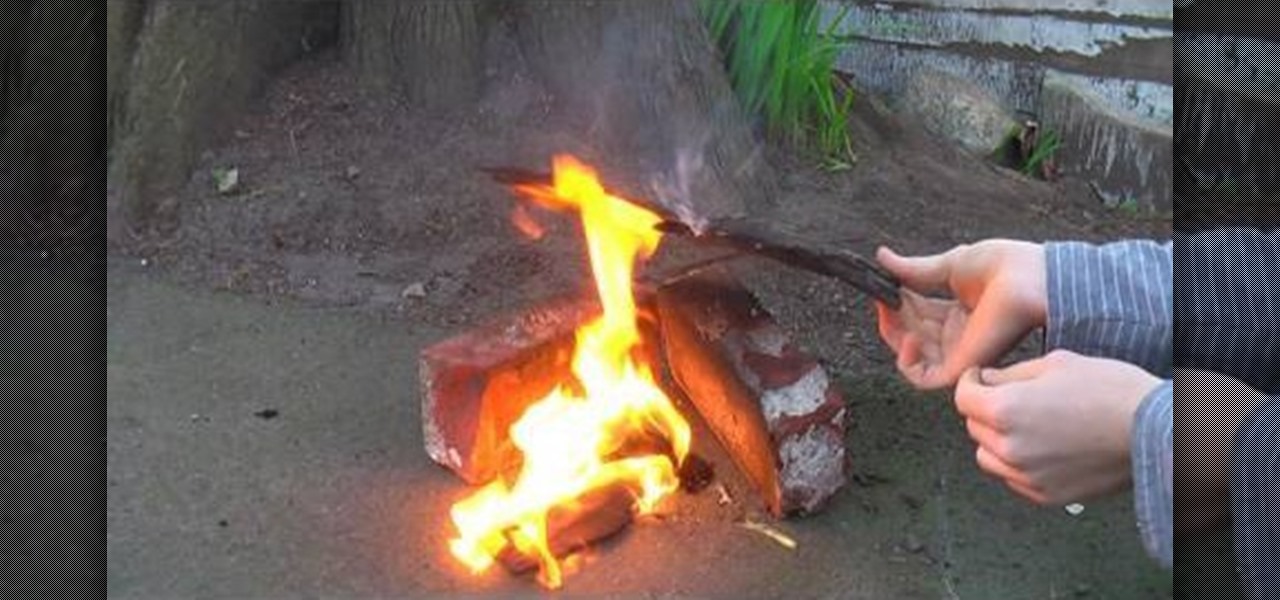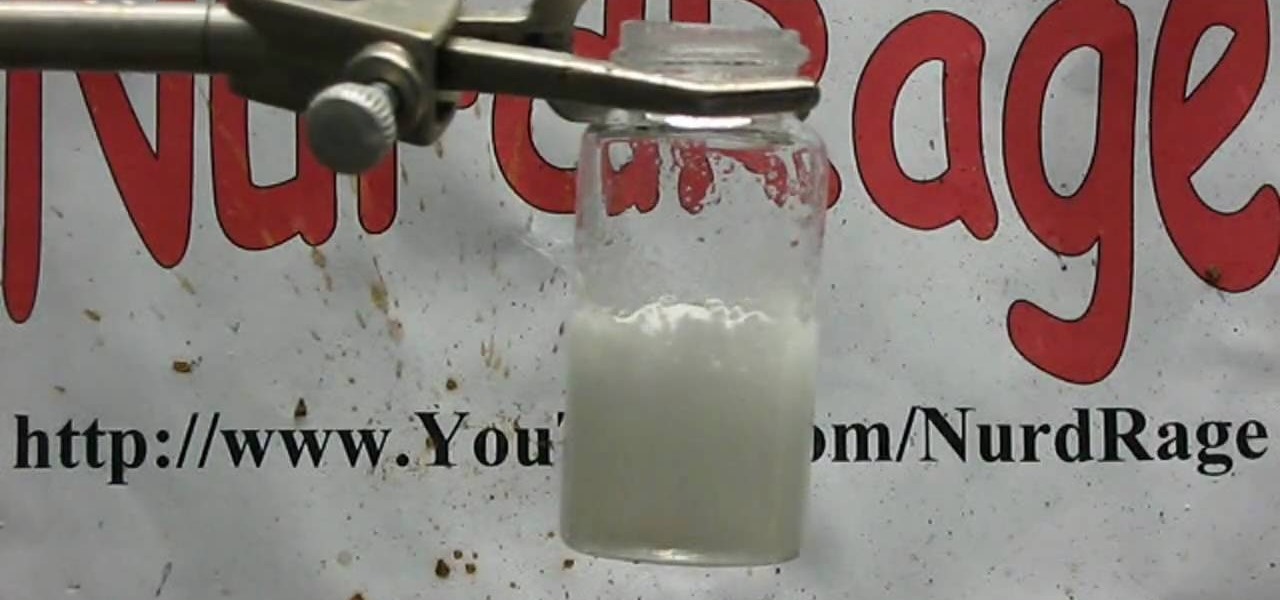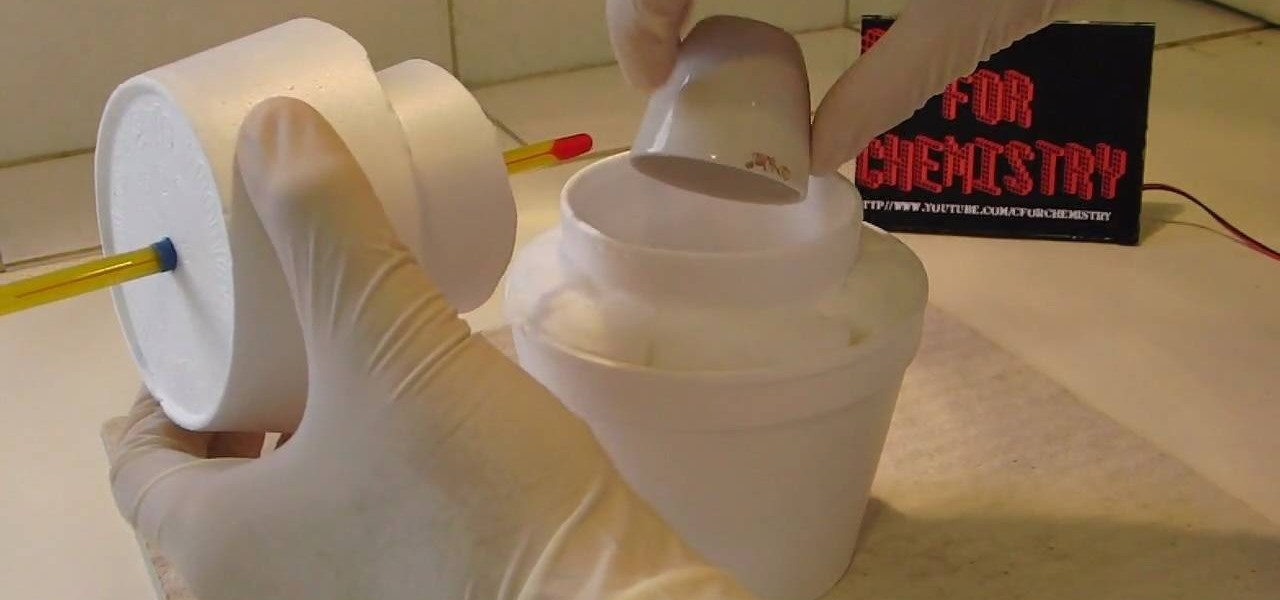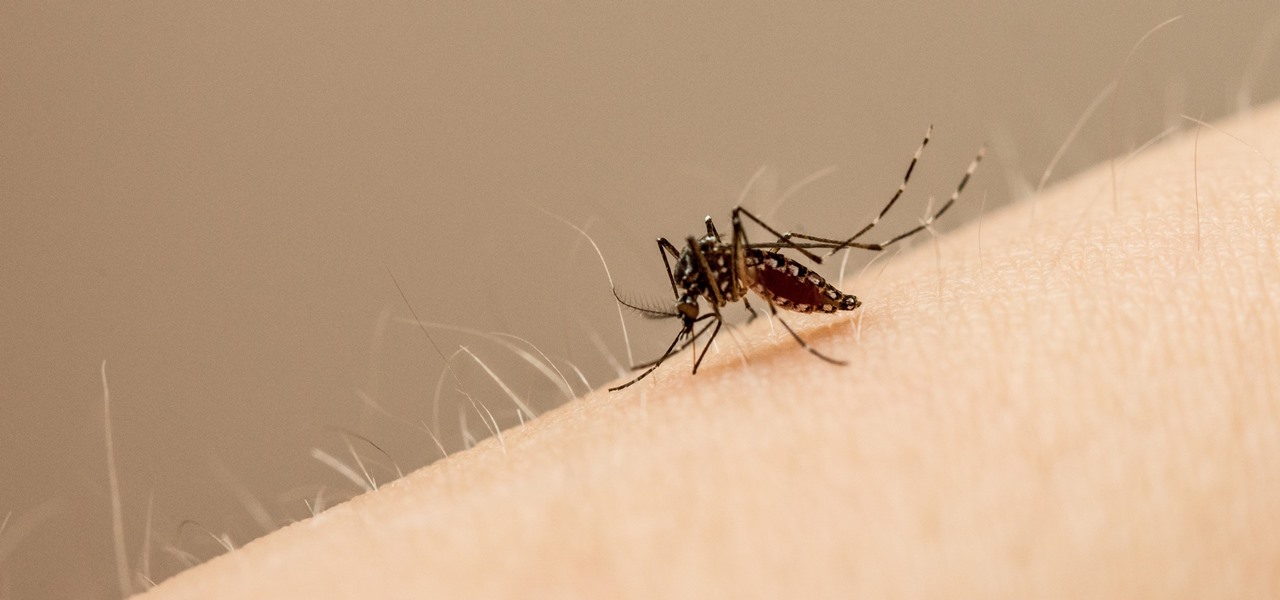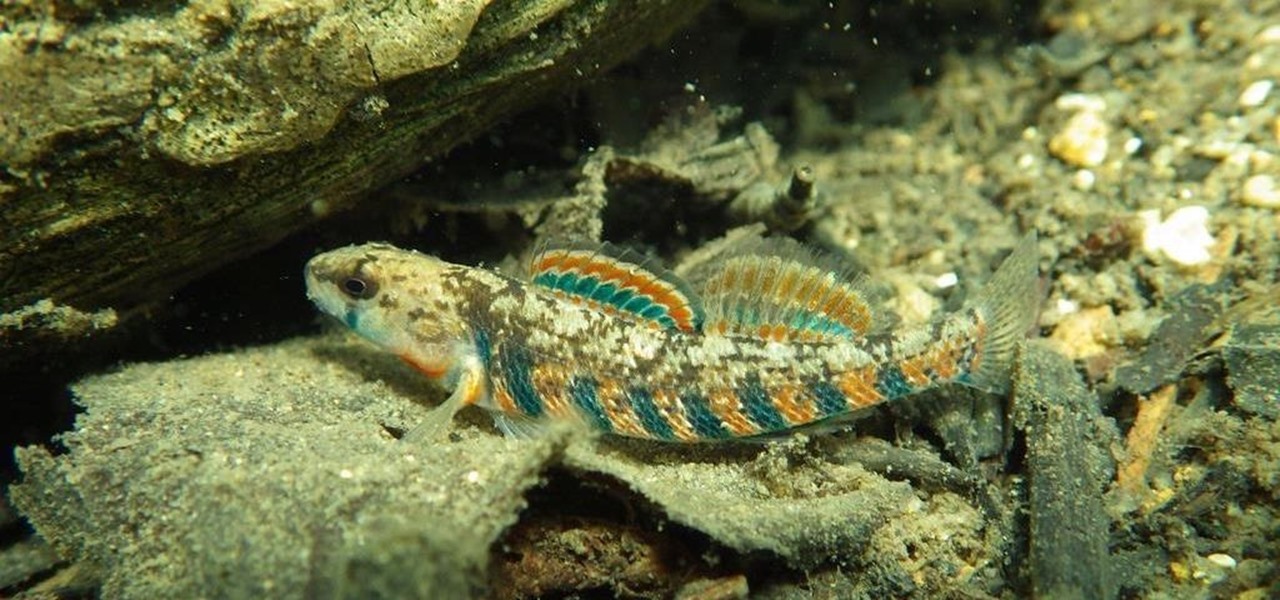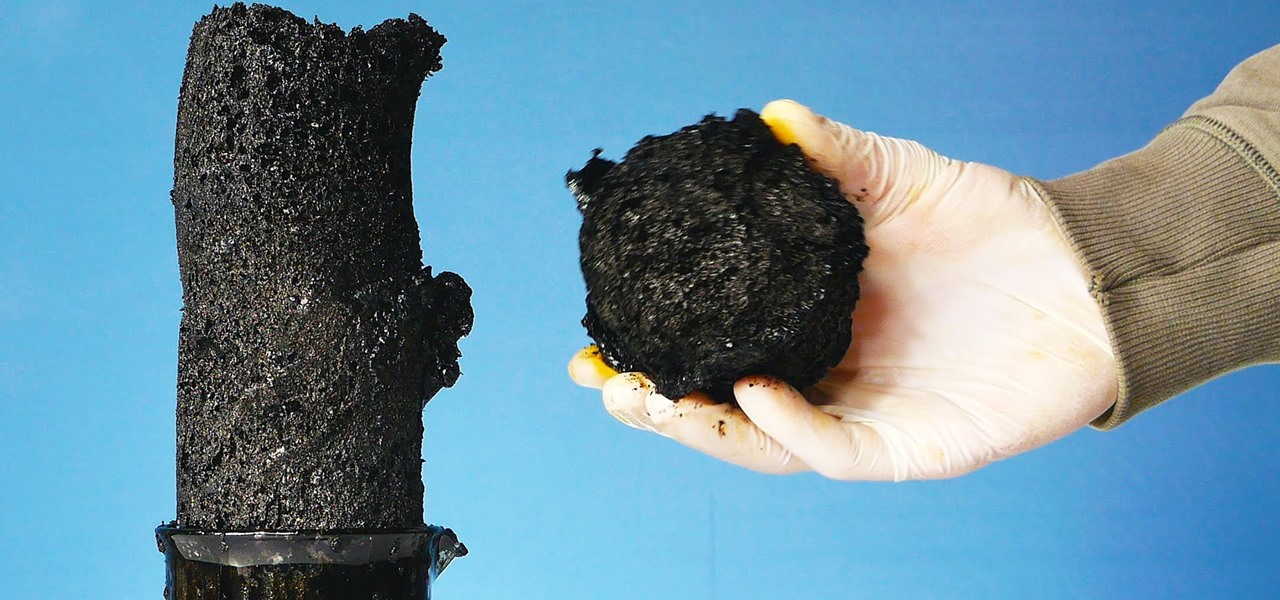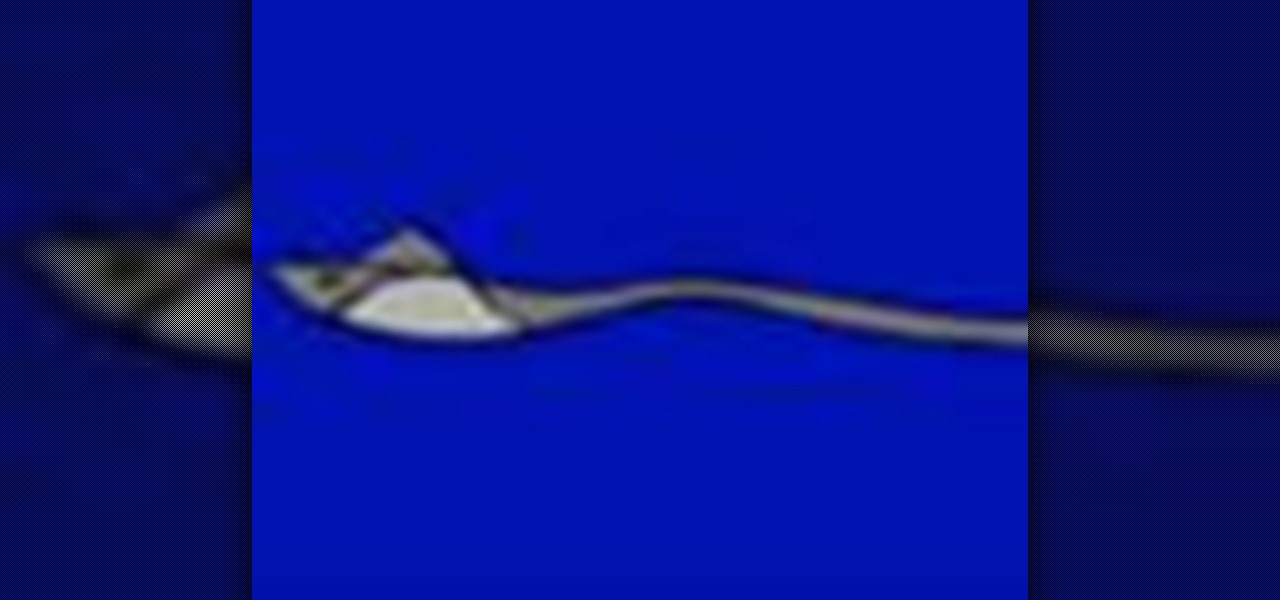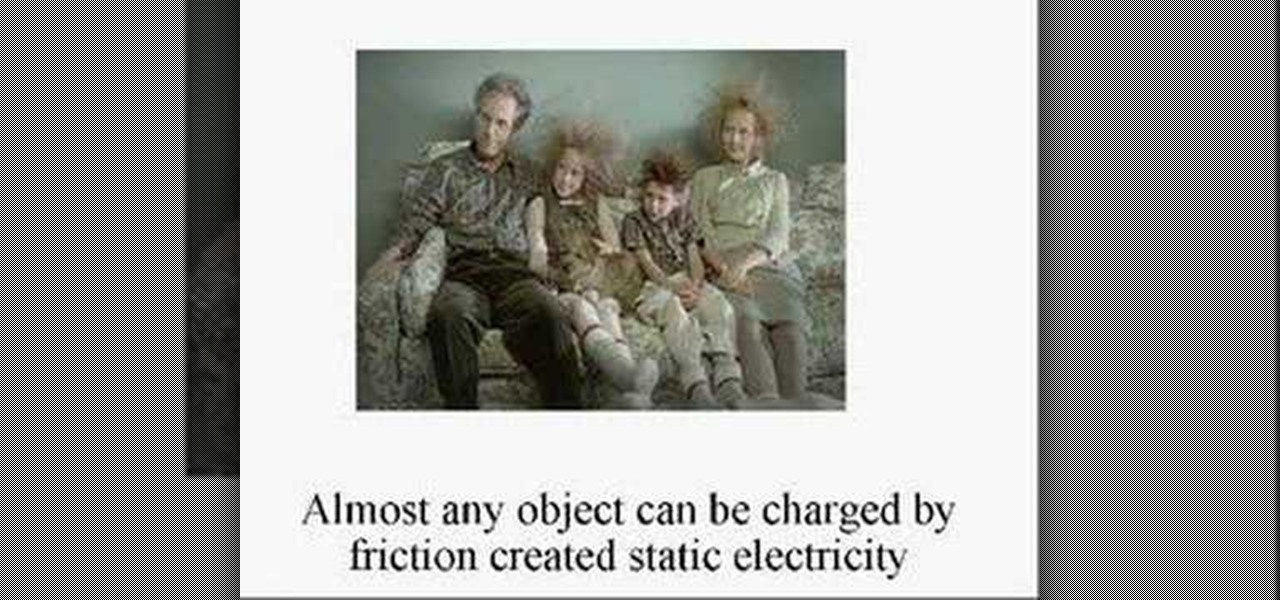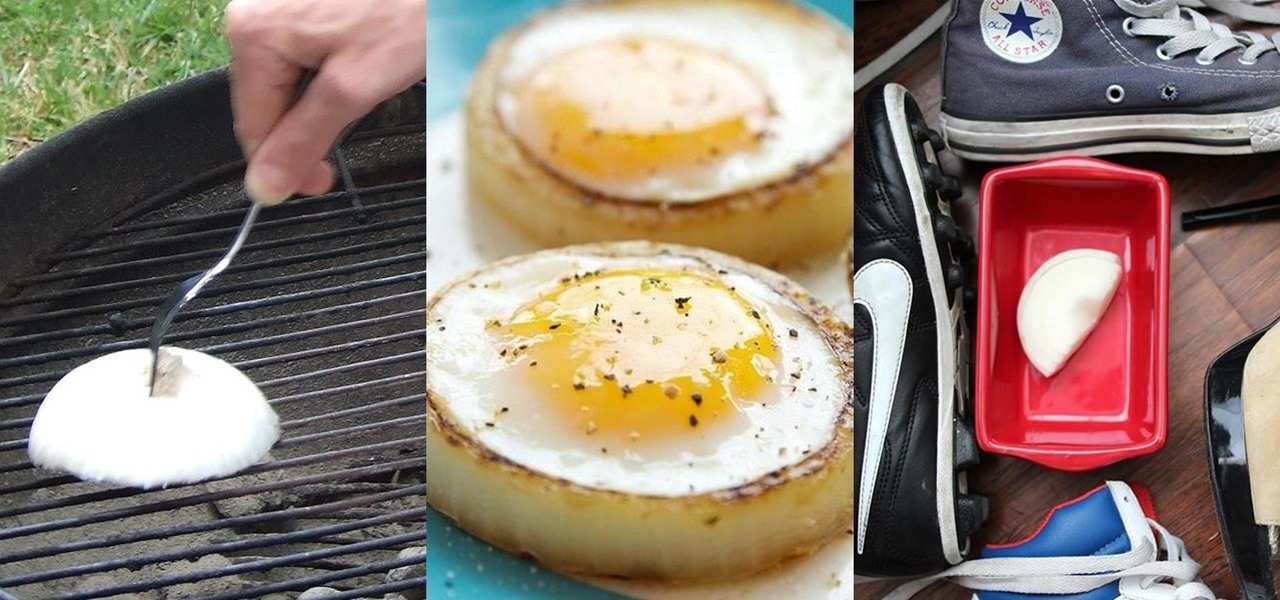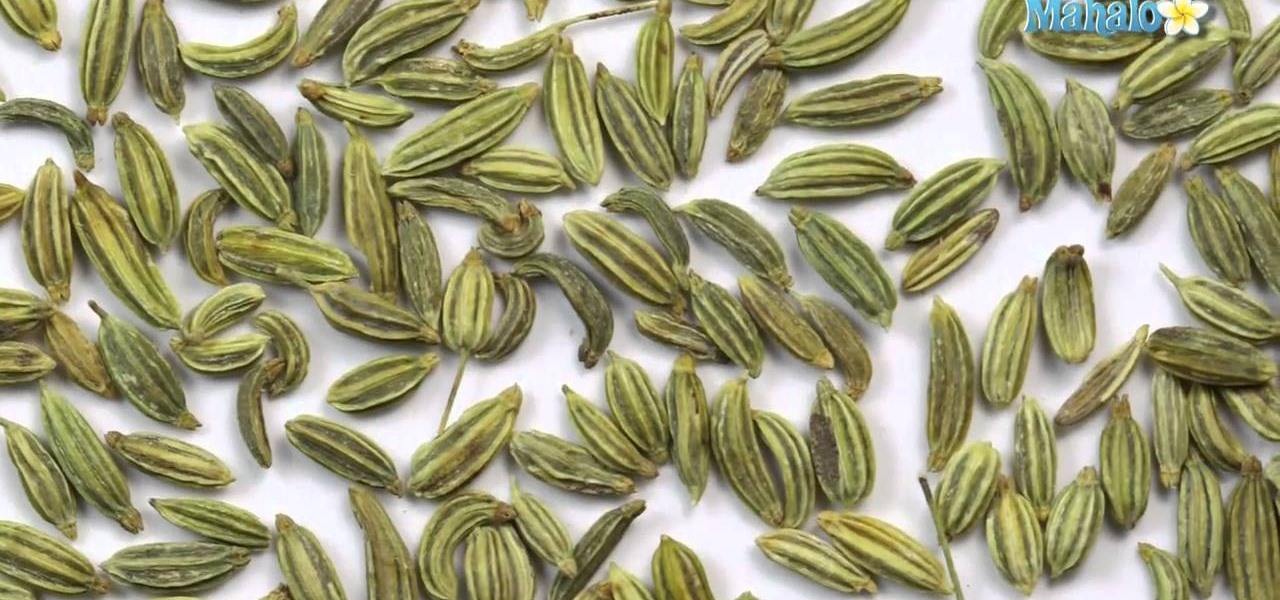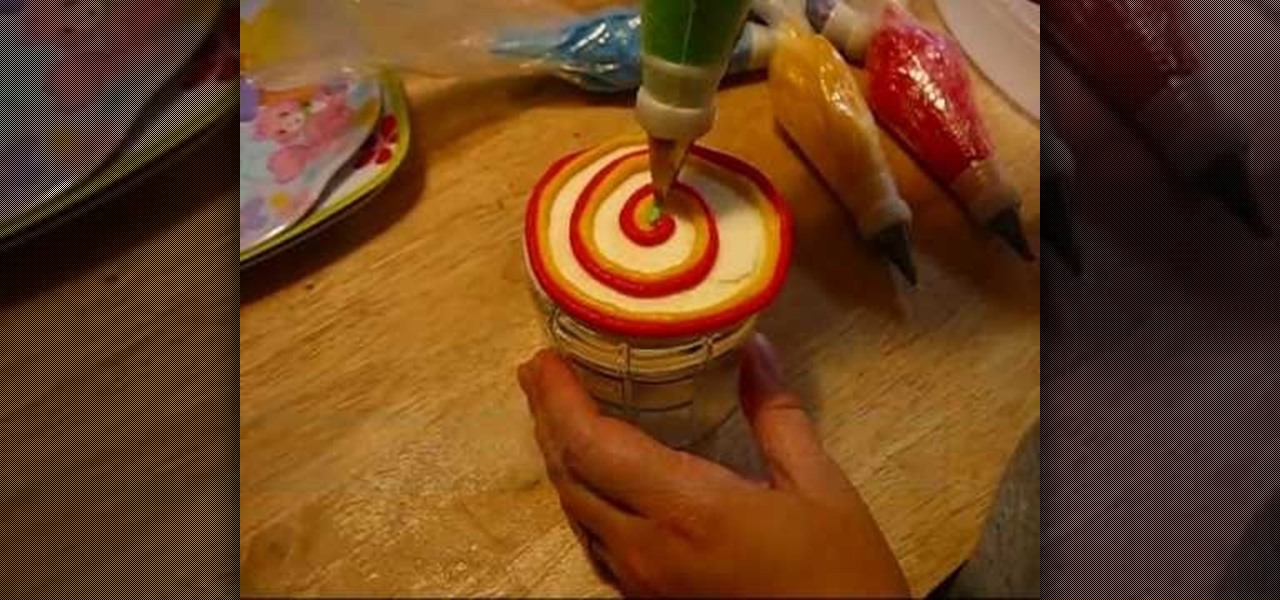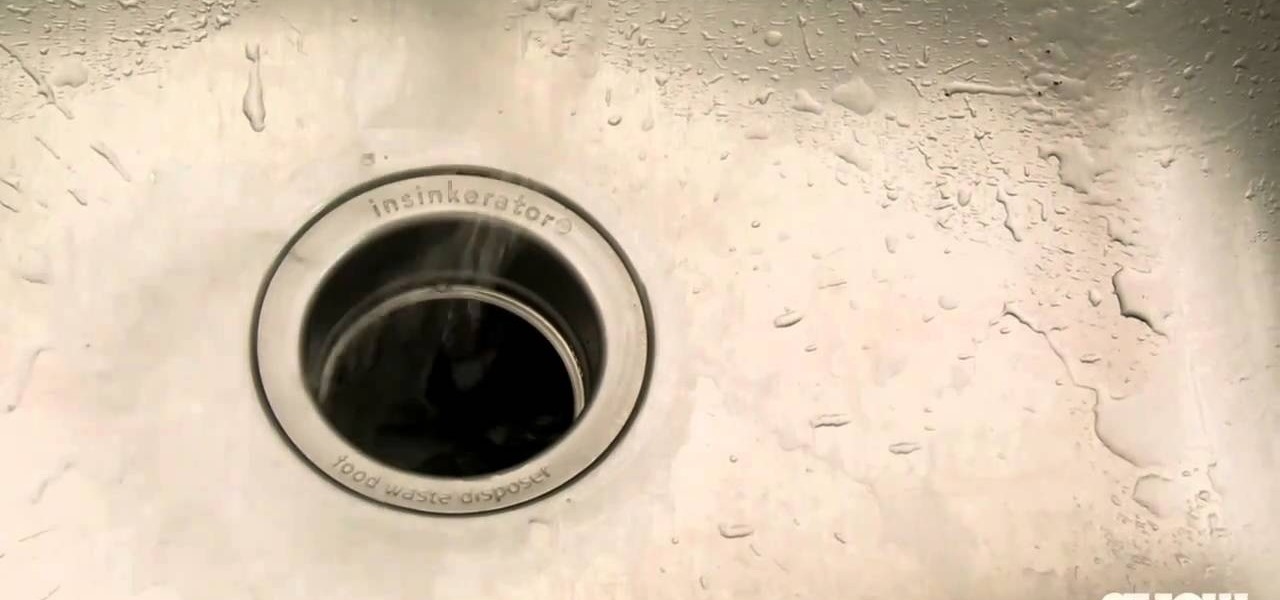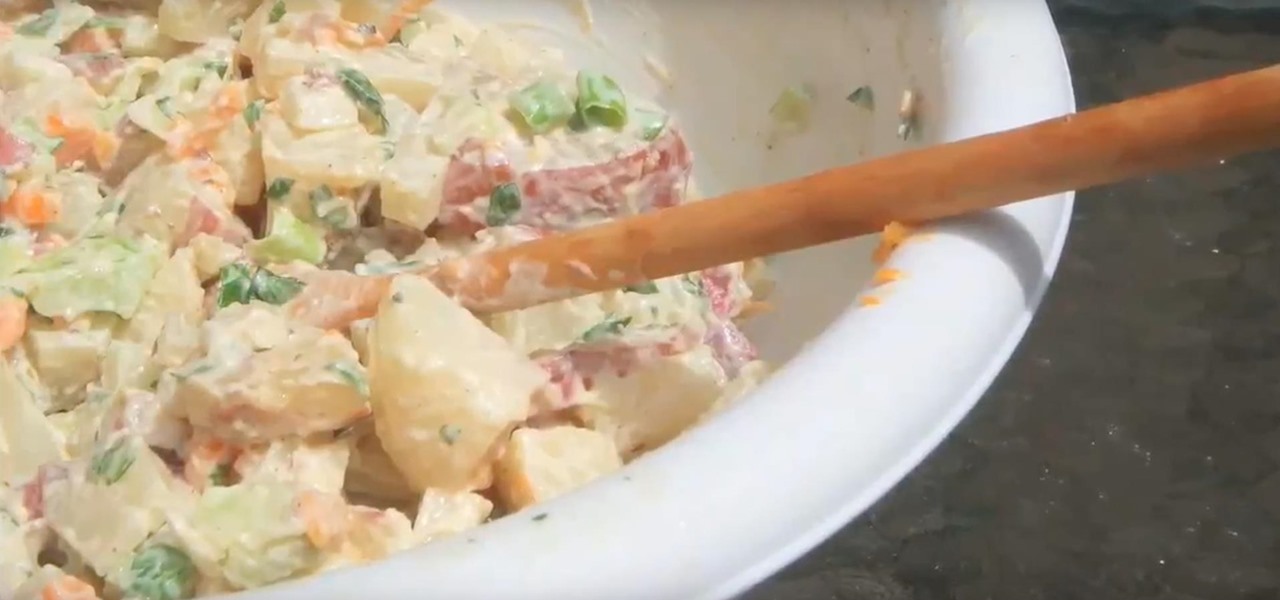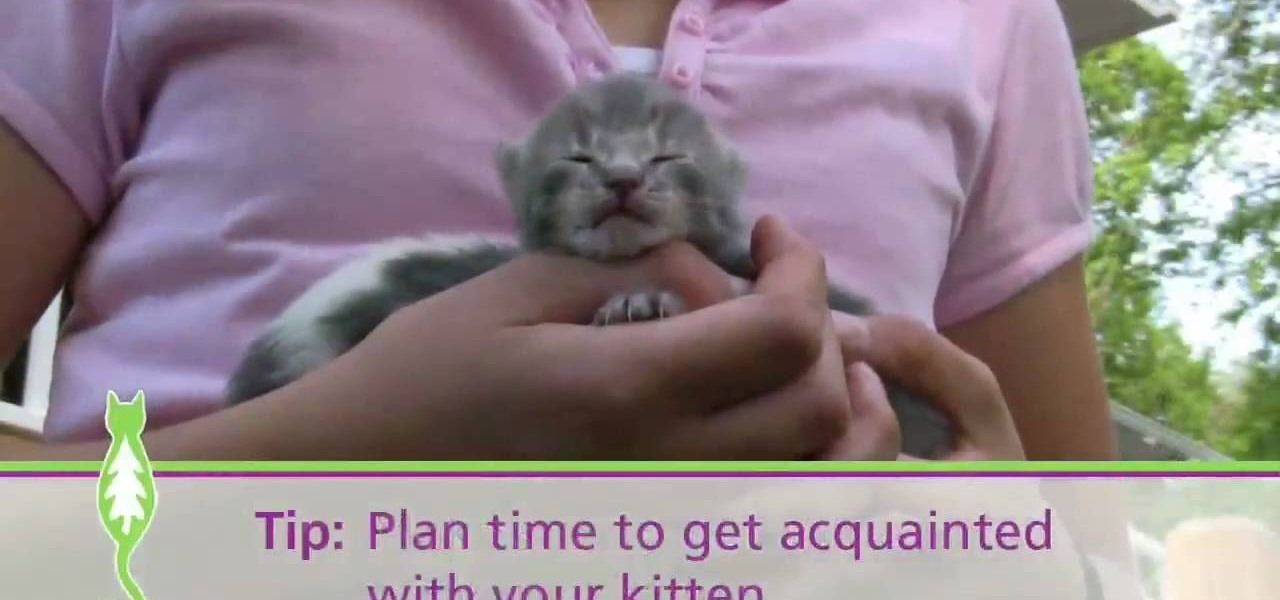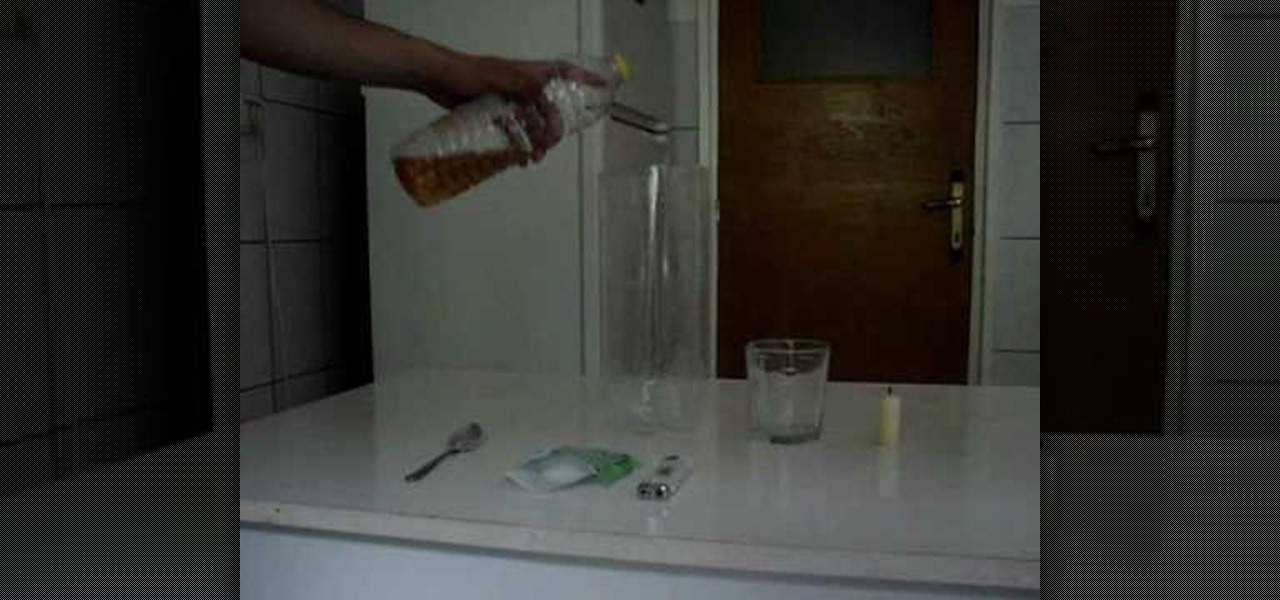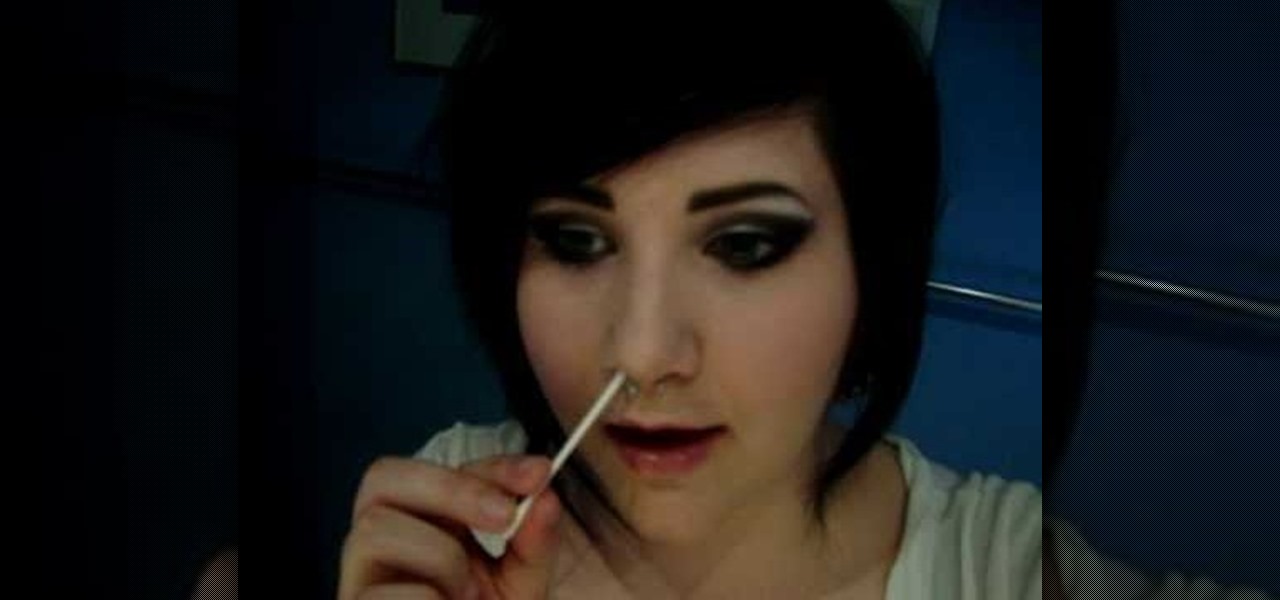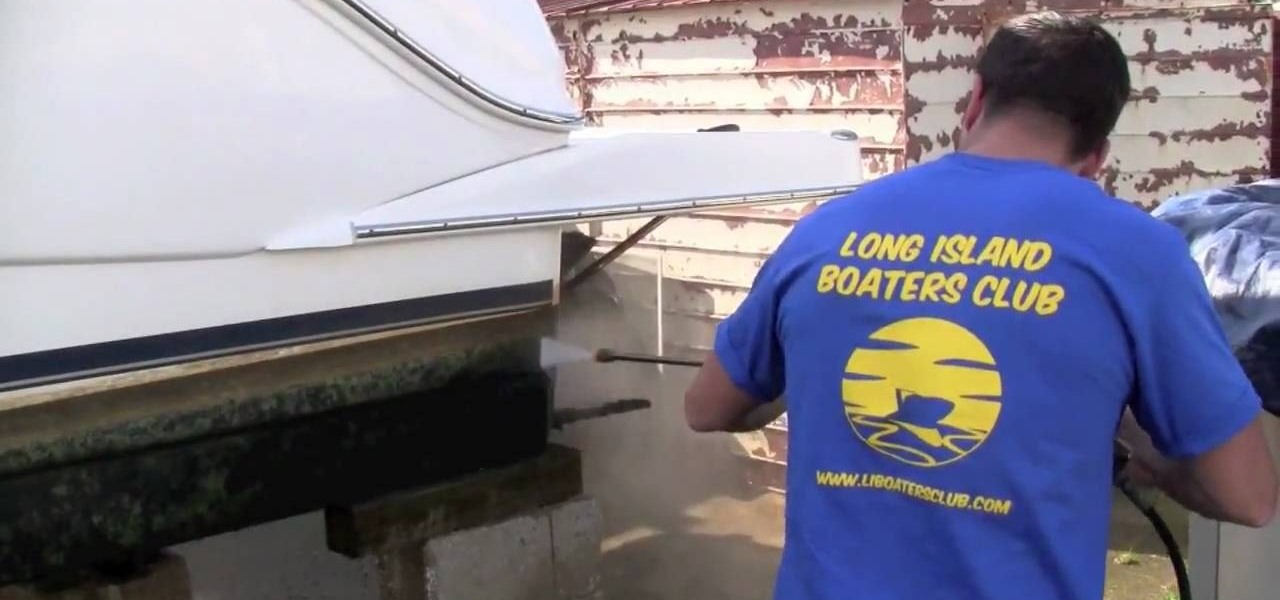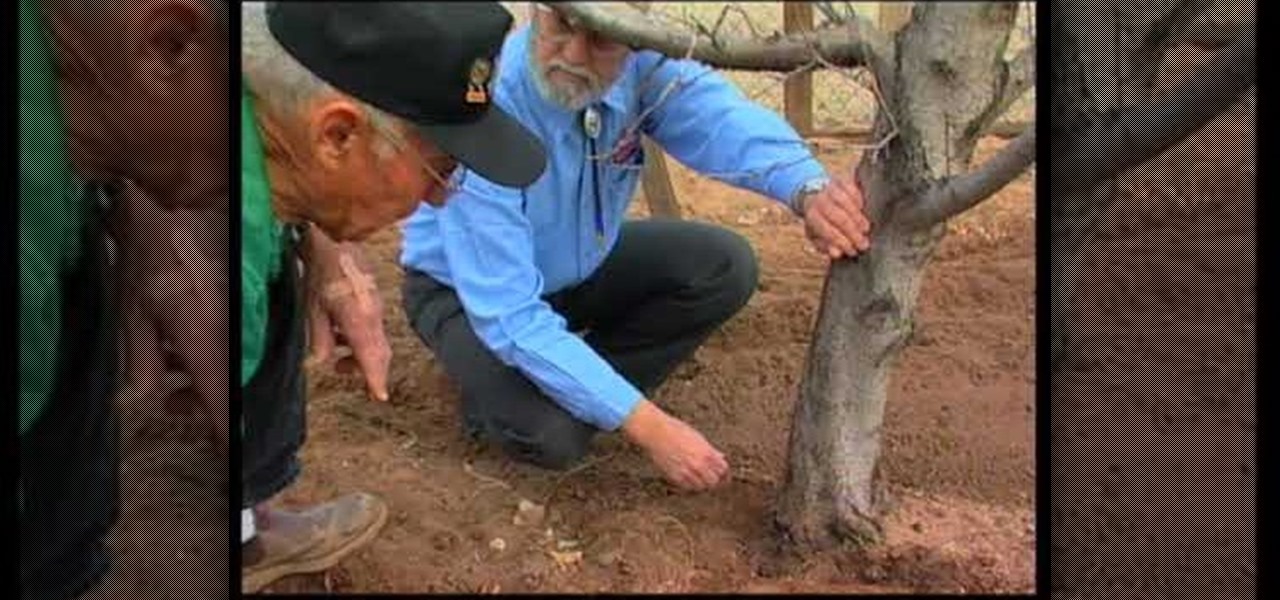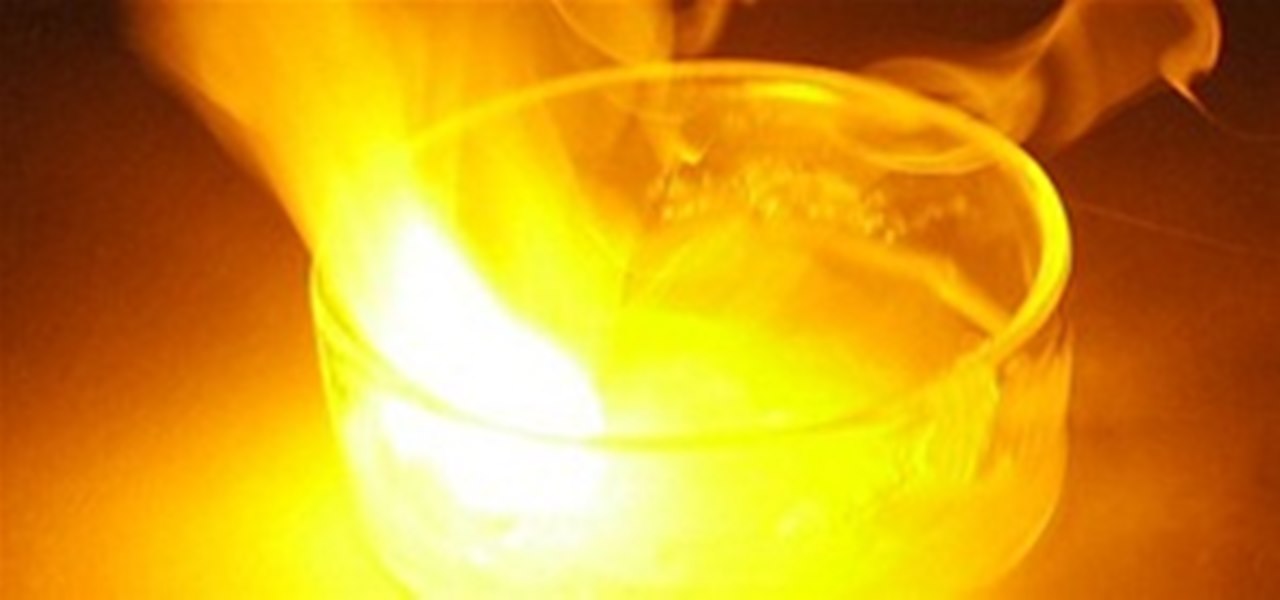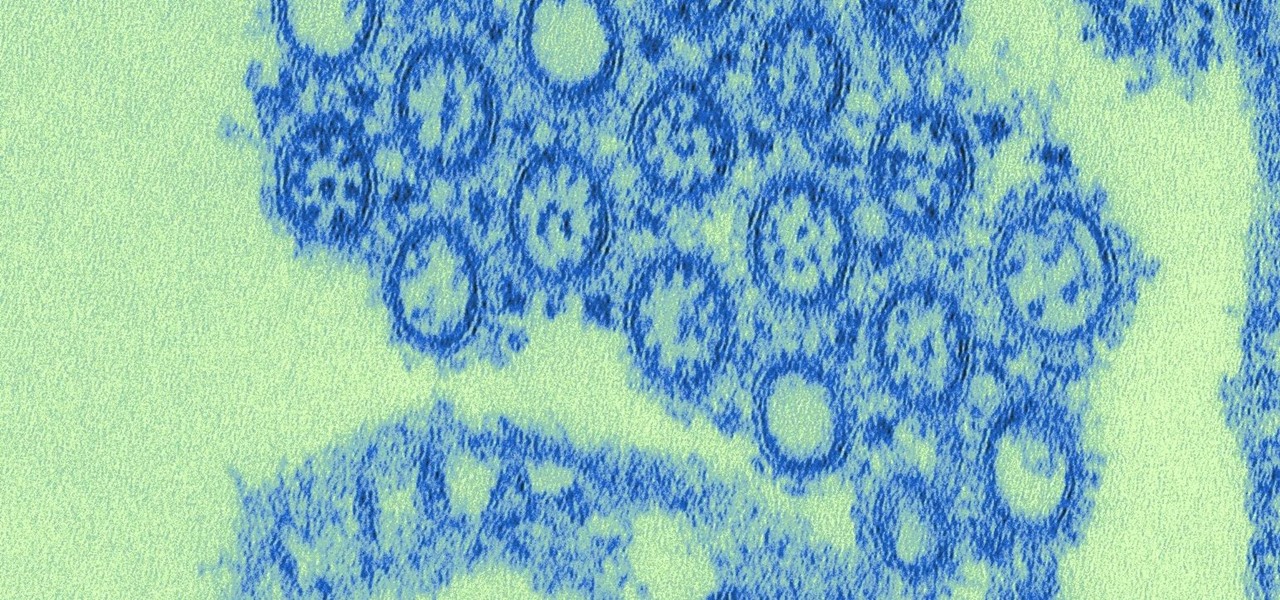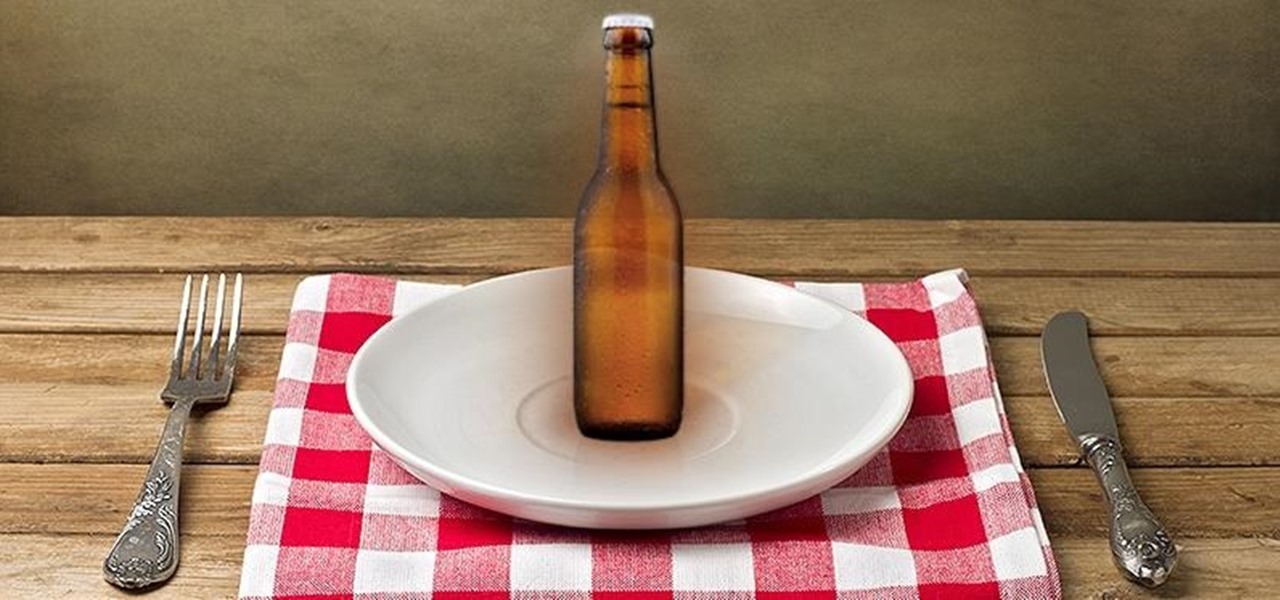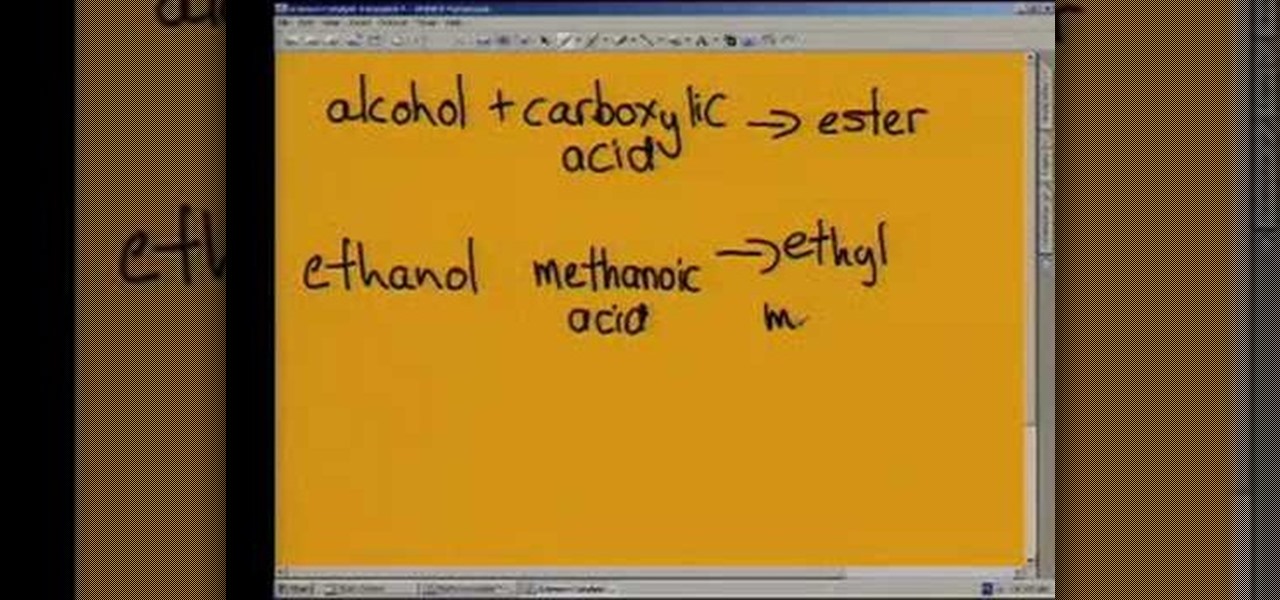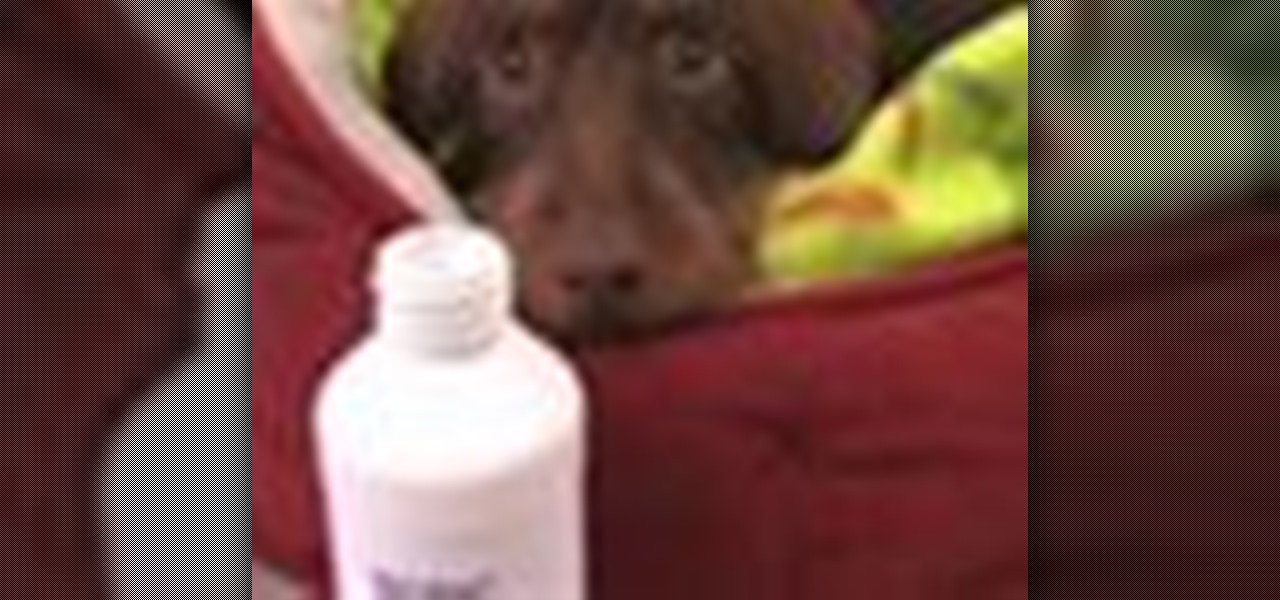
People used to bring poison into their homes willy-nilly, but now that we realize how bad most household pest-killers and other chemicals are natural ways are becoming more popular. This video will show you how to kill bugs in your home without resorting to poison that could hurt your children or pets.
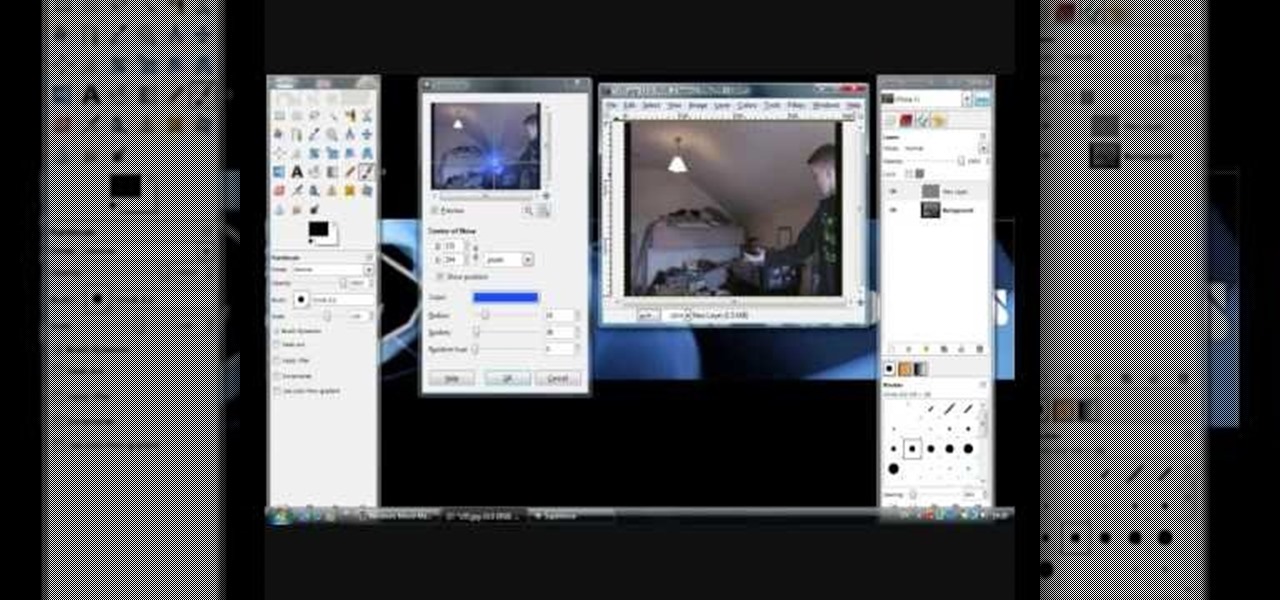
Check out this video from Chemical Reaction Tutorials (CRTutorials). If you love filmmaking, prop making, editing and everything else that goes along with making movies, then you'll want to see what Adam has to say about teleportation.

Check out this video from Chemical Reaction Tutorials (CRTutorials). If you love filmmaking, prop making, editing and everything else that goes along with making movies, then you'll want to see what Adam has to say about hand effects.

Check out this video from Chemical Reaction Tutorials (CRTutorials). If you love filmmaking, prop making, editing and everything else that goes along with making movies, then you'll want to see what Adam has to say about axes.

Check out this video from Chemical Reaction Tutorials (CRTutorials). If you love filmmaking, prop making, editing and everything else that goes along with making movies, then you'll want to see what Adam has to say about cloning.

Learn how you can clean your bathroom without chemicals. Just use white vinegar and baking soda and a little elbow grease and you can get that bathroom spotless. Watch this how to video and you can clean your whole bathroom with all natural products you find in your pantry.

Reduce the stress and complications of castration on both farmers and cattle. The Callicrate Bander is a non-surgical and non-chemical way to castrate. This instructional video shows the simple steps for how to castrate livestock with Callicrate Bander, and how to keep the animals healthy and free from tetanus.

It's summertime and blockbuster films are everywhere! In anticipation of the new Dark Night movie, Erik is showing you how to recreate some serious chemical burns on your face! With the help of this tutorial video, you will look just like Harvey Dent aka Two Face!

Check out this video to learn how to fix a clogged shower or tub drain. This is an alternative to going to the store and buying chemicals.

Most shampoos and conditioners contain chemicals that are counter productive in your quest to grow longer, healthier hair. Learn a natural alternative to washing your hair.

Mr. G plays with chemicals and fire (what a surprise), for a really cool demonstration. An experiment you'll want to try, and probably can try immediately, as all materials (vinegar and baking soda) are likely in your house already. Exothermic reaction and gas displacement at its best!

Learn how to remove pet stains and odors quickly and easily so you no longer have to worry about occasional accidents. These are the items you are going to need: some clean old towels, paper towels,

It's really easy to take lazy route and purchase fire starters at a grocery or hardware store to aid you in creating campfires, but storebought fire starters tend to have massive amounts of environment polluting chemicals and toxins that you probably shouldn't be anywhere near.

Head lice can be a nasty, unwelcome visitor in your life. And if you have children, you're likely to be confronted with an infestation sooner or later. Dr. Su Laurent explains that getting rid of head lice can be a tricky undertaking, but the most important thing is to be persistent. You'll need to wash the hair with the latest lice treatment available, as the lice may adapt to chemicals from year to year. It's very important to follow up this treatment at least one more time, seven days late...

Watch this science video tutorial from Nurd Rage on how to make sodium silicate from drain cleaner and gel beads with Dr. Lithium.

C For Chemistry delves into the chemistry of science experiments. This chemist knows what he's talking about. These chemistry experiments are not only fun, but very educational for all of those interested in scientific chemical reactions and properties.

If you want your photos to look like they came straight out of a movie scene, the best method is to use split toning. Many Hollywood producers use this effect to recreate the cinematic look of cameras before the digital film era, which is why most people associate split toning with a cinematic feel.

If you have a taste for sweets, you have at least one thing in common with mosquitoes. While too much sugar is unhealthy for humans, a new product makes sweets deadly to mosquitoes.

Colorado State University scientists have developed new tech that quickly identifies the presence of Zika virus in mosquito populations — and in human body fluid.

Exposed to hormones, pharmaceuticals, and other chemicals, the beautiful wild fish in Canada's Grand River have taken on some pretty odd characteristics—they're turning into females. A long-term study suggests using bacteria to manage polluted water could turn the tide for feminized fish.

Sulfuric acid is mixed with sugar, which is attacked by the acid. The final products are carbon, water vapor, and sulfur dioxide gas.

Today we show you an easy way to do a Glycolic Acid Peel at Home! Doing a Glycolic Acid Peel is So Easy a Guy Can Do It!

Death by stingray is extremely rare, but getting hit with their barb still hurts like hell – which is why you need to learn how to play footsie safely with these sea creatures.

Stop bemoaning your blotchy complexion and start evening it out instead, no matter your specific skin complaint.

This is a recording of a class lecture on Voltage Sources. The first part describes how mechanical friction can generate voltages.

Onions add essential flavor to almost any dish, whether it's a sauce, main dish, or salad. They are one of the humblest "superfoods," full of vitamins and nutrients but generally inexpensive, which is why they're also one of the most widely eaten ingredients in the world.

Did you know that garlic breath is really garlic lungs? According to the Mayo Clinic, garlic breath stems from chemicals in the garlic that get absorbed into your bloodstream and that cause you to give off garlic breath.

Electrical engineering is a math-heavy business, and you're certainly not alone if you're studying it and having trouble with the math. Watch this video for a very cogent explanation of a simplified method for calculating resistor dividers in a circuit.

Before this video we had no idea you could tye die cakes (sort of). While tie dying t-shirts, linens, and other wares requires several colors of fabric dye and scrunching up the fabric, tie dying cake involves no toxic chemicals.

A clogged drain makes an unhappy cook. But unfortunately drains get clogged far too easily and often. And while pouring down a drain de-clogger can work, the very toxic chemicals in the de-clogger are damaging to your health and to the environment.

Fourth of July is, at its core, a foodie holiday. When you get together with friends and family to celebrate the occasion, it's almost impossible to avoid stuffing your face with grilled meats, excessive BBQ sauce, coleslaw, hot dogs, french fries, and more.

In this Pets & Animals video tutorial you will learn how to safely care for your kitten with Dr. Gaspar. Your kitten's first year life is critically important. First make sure your home is safe for your kitten. Remove anything that you wouldn't leave about in the presence of a child. Get your kitten home over the weekend so that you have plenty of time to get acquainted with the kitten. Introduce your kitten to the litter box. The box should be roomy and uncovered. Place the box in a quiet lo...

Amaze and amuse your friends with this fun magic trick! Using only vinegar and baking soda, which you may remember from some of the bottle-bomb-making videos elsewhere on the site, you can create carbon dioxide which, since it's heavier than air, can be used to invisibly fill a glass and then be poured onto a candle, extinguishing it without looking like it's done anything at all! No word on how long the gas will stay in the glass, so set this one up right before you want to do it and then hi...

First of all you need to have some warm water in glass. Now take an ear bud and dip into the warm water. Now apply some soap over it. You can use the hand soap also for this purpose. Insert the bud in your nostril and then rub it around the pierced skin. Remove all kinds of particles accumulated at this portion. Now clean the other nostril as well. Now hold your pierce ring with your two fingers and give it shake. This shall remove all solid pieces from the area. Otherwise these may go down i...

This video is led by Eddie from Long Island Boaters Club. As the boating season ends, Eddie explains, it is very important to clean and prepare your boat for storage for the winter. An important part of this process is to power wash the algae growth and barnacle debris that can cover the hull very quickly. After taking the boat out of the water and placing on blocks, he lets it sit for one day. Then using a pressure washer, he removes the algae growth. A scraper is used to remove the actual b...

This video explains how to identify problems with the peach tree borer. The video begins with a peach tree shown with bore issues below the dirt line on the trunk. The instructor then explains that most of the pesticides used for this problem are no longer available and that most people have turned to more organic pesticides to solve the problem. The video then explains that you must first clean all the bore and dirt away before trying to apply pesticides to the tree. After the bore holes hav...

Sodium (chemical symbol Na) is an interesting element. It reacts in contact with both oxygen and water, and several sodium salts are used to produce a yellow color in fireworks.

Growing evidence suggests that neurodegenerative diseases like Parkinson's may develop in part due to environmental factors, including infections that can cause inflammation in the nervous system. New research from investigators from Jude Children's Research Hospital and Thomas Jefferson University has strengthened that connection.

Remember those horrible, soul-crushing studies from a few years back linking grilled meats with cancer? Unfortunately, they're still true, but scientists have recently found that an unexpected ingredient can curb some of the harmful effects of high-temperature cooking.

In this video, we learn how to understand organic molecules in Chemistry. First, you will need to take a look at the chemicals that are inside of each of the different molecules. See how the molecules are made out and then see what number of different acids are inside of them. Once you learn this, you can see what the difference between this and other molecules are. This can all help you understand the beginning and end of what's inside of the molecules. If you aren't good at chemistry, you w...











